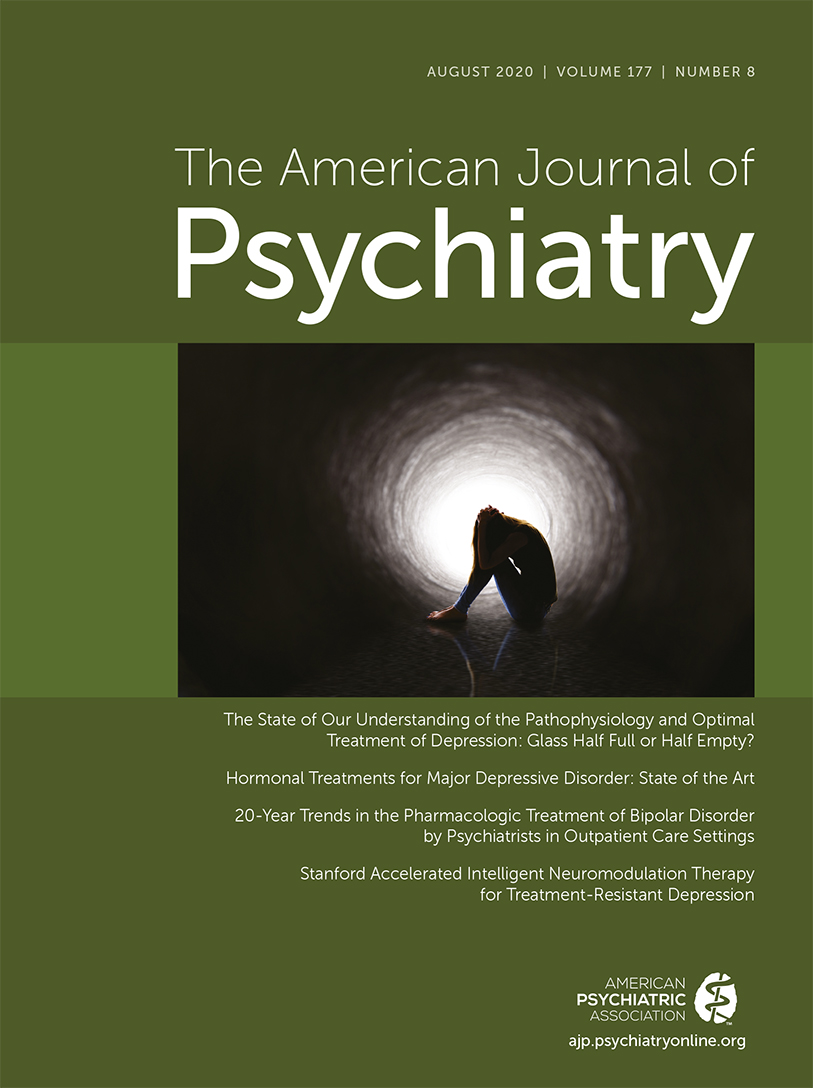Association Between Ambient Air Pollution and Daily Hospital Admissions for Depression in 75 Chinese Cities
Abstract
Objective:
Although the association between ambient air pollution and risk of depression has been investigated in several epidemiological studies, the evidence is still lacking for hospital admissions for depression, which indicates a more severe form of depressive episode. The authors used national morbidity data to investigate the association between short-term exposure to ambient air pollution and daily hospital admissions for depression.
Methods:
Using data from the Chinese national medical insurance databases for urban populations, the authors conducted a two-stage time-series analysis to investigate the associations of short-term exposure to major ambient air pollutants—fine particles (PM2.5), inhalable particles (PM10), nitrogen dioxide (NO2), sulfur dioxide (SO2), ozone (O3), and carbon monoxide (CO)—and daily hospital admission risk for depression in 75 Chinese cities during the period 2013–2017.
Results:
The authors identified 111,620 hospital admissions for depression in 75 cities. In the single-pollutant models, the effect estimates of all included air pollutants, with the exception of O3, were significant at several lags within 7 days. For example, 10 μg/m3 increases in PM2.5, PM10, and NO2 at lag01 were associated with increases of 0.52% (95% CI=0.03, 1.01), 0.41% (95% CI=0.05, 0.78), and 1.78% (95% CI=0.73, 2.83), respectively, in daily hospital admissions for depression. Subgroup, sensitivity, and two-pollutant model analyses highlighted the robustness of the effect estimates for NO2.
Conclusions:
The study results suggest that short-term exposure to ambient air pollution is associated with an increased risk of daily hospital admission for depression in the general urban population in China, which may have important implications for improving mental wellness among the public.



